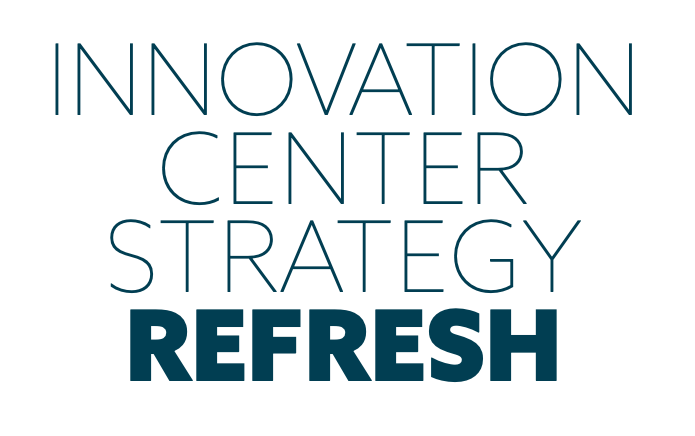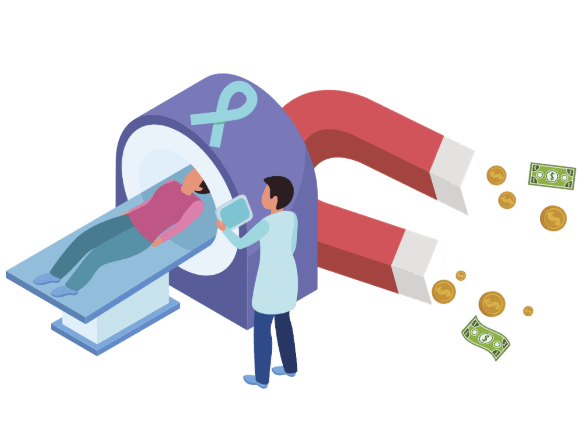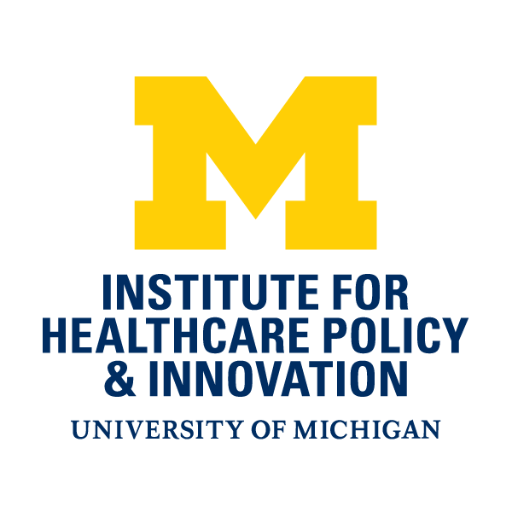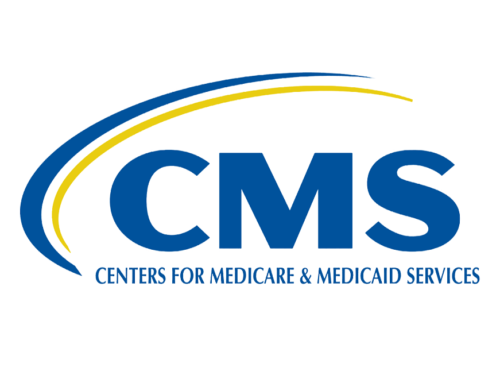

CMS Innovation Center Strategy Refresh
In a white paper released on October 20, 2021, CMS outlined its blueprint for the next 10 years predicated upon a new vision: A health system that achieves equitable outcomes through high-quality, affordable, and person-centered care. This strategy emphasizes the importance of judging success of future models not only by cost savings, but also by whether they improve health equity. See pages 23-26 for how V-BID will be integrated to achieve these aims.

In Senate Testimony, Sara Collins Stresses Need to Ease the Cost Burden of Employer Health Insurance
On October 20th, Sara Collins, Vice President of Health Care Coverage and Access at The Commonwealth Fund, addressed the Senate Finance Committee to speak on the current status of employer health insurance coverage in the U.S. Collins asserts that high cost exposure in commercial plans distorts consumers’ health care decisions and leads to financial problems, “…undermining America’s overall economic well-being.” Collins concludes by suggesting several policy options detailed here.

Biden-Harris Administration Issues Guidance to States on Required Medicaid and CHIP Coverage for COVID-19-Related Treatment
On October 22, 2021, the Biden-Harris administration issued guidance to states that will ensure the coverage of COVID-19 treatments, including preventive therapies and specialized equipment, for 144 million people enrolled in Medicare, Medicaid, and Children’s Health Insurance Program. CMS encourages private health plans to follow suit, highlighting the importance of improving access to and quality of care for all. Learn more about the role of V-BID in COVID-19 here.
Know someone who would benefit from the V-BID Center Updates? Please forward this message and encourage your colleagues to sign up for our newsletter on our website.


Providers Are Putting More Focus Than Ever on Health Equity - Here's How Payers Can Support Them
According to survey findings from the Institute for Healthcare Improvement (IHI), 58% of health systems surveyed identified health equity as a top priority. To address disparities in healthcare delivery, researchers suggest that forming payer-provider partnerships may help in facing challenges such as inconsistent data collection, lack of resources, lack of funding, and lack of guidance. Read more here.

A Policy Prescription for Reducing Health Disparities—Achieving Pharmacoequity
Authors of a recent JAMA Viewpoint identify a new goal within the landscape of addressing health disparities and improving equity: pharmacoequity – “ensuring that all individuals, regardless of race and ethnicity, socioeconomic status, or availability of resources, have access to the highest-quality medications required to manage their health needs.” Authors suggest that enhancing access to, reducing the cost of, and improving the quality of therapeutic care is paramount to this endeavor.


HSA-Eligible Health Plans Embrace Changes to Better Serve Americans With Chronic Health Conditions
Recent findings from a survey conducted by AHIP and SHCC show that most health insurance providers and many large employers have taken advantage of the new flexibility allowed by IRS guidance (Notice 2019-45) for HSA-eligible high-deductible health plans (HDHPs). This is further supported by findings from the 2021 EBRI survey, to which 76% of employers responded that they have added pre-deductible coverage for at least one of the 14 health care services.
Click here to view the press release from AHIP/Smarter Health Care Coalition.

How Benefit Design Can Steer Employees Toward High-Value Care
In a recent white paper published by VBID Health in partnership with Signify Health, authors suggest that in order to reduce the costs associated with inefficiencies in the U.S. health care system, we must acknowledge that when provider and consumer incentives are not aligned, well-intentioned initiatives can create conflicts at the point of care. To address this issue, authors discuss how employers can harmonize clinically driven payment reform and evidence-based benefit design to obtain better clinical outcomes, employee satisfaction, enhanced equity, and improved efficiency from their health care spending. Read more here.

Study: Medicare Spends Millions on Cancer Treatments Without Clinical Benefit
According to a recent JAMA analysis, Medicare spent nearly $600M between 2017-2019 on four cancer drugs that have been found to provide no clinical benefit for some forms of the disease for which the drugs received FDA approval. “(This) study shows that new cancer drugs without documented overall survival benefit are increasingly used and that they account for substantial healthcare spending,” said co-author Anita Wagner.

Modeling the Population Outcomes of Cost-Related Non-Adherence: Model Report
Previous studies estimate that medication non-adherence costs the U.S. $100 billion per year. Sean Dickson of West Health Policy expands on this research by honing in on the economic impacts of morbidity and mortality within the Medicare program. Findings suggest that cost-related non-adherence could increase Medicare spending on medical services by $177.4B and result in deaths of an additional 1.1M Medicare beneficiaries. Read more here.

Price Growth of Medicare Services After Elimination of Consumer Cost-Sharing
A recent study aimed to address the criticism that coverage of preventive care leads to increased premiums for all enrollees by comparing Medicare Part B price changes pre- and post-ACA implementation for select zero cost-sharing services and comparable services requiring out-of-pocket contribution. Results show little evidence of a dramatic shift in price trends during the first or second year of the ACA.

How Payers Can Identify, Reduce Low-Value Care Spending Patterns
While recent efforts have helped to identify low-value services, data shows that there is still room for improvement. A recent study revealed that Medicare Advantage plans matched or fell below traditional Medicare’s record on 13 low-value care measures. Read more here.


Survey: Many Americans Worried About Health Care, Costs
A web survey of 1,150 Massachusetts residents conducted by Altarum Healthcare Value Hub finds that 51% experienced a healthcare “affordability burden”, and 74% responded that they were either “worried” or “very worried” about affording healthcare in the future. Former president of the Massachusetts Medical Society, Ronald Dunlap, comments that, “The disproportionate impact drug affordability has on communities of color and the related exacerbation of disparate health outcomes is unconscionable.” See the results of other state surveys here.

When a free cancer check finds something, could cost keep patients from following up?
“It is high time we consider eliminating financial barriers to recommended care to prevent cancer,” states U-M researcher, Michelle Moniz. Recent studies focused on lung and cervicalcancer screening suggest that out-of-pocket costs may cause patients to delay or defer clinically-indicated care post-initial screening. This has the potential to lead to delays in diagnosis and treatment, worsened health outcomes, and higher downstream medical costs. Read more here.
Please Help Support the V-BID Center
As a non-profit entity, the V-BID Center relies on fundraising to support our research, education, and policy efforts. Please help us continue our work by donating here. We truly appreciate your consideration.






